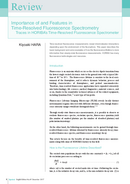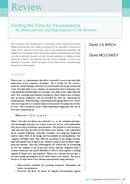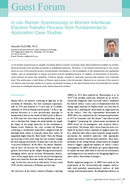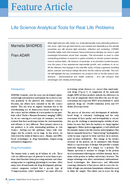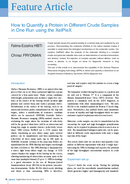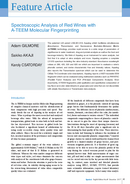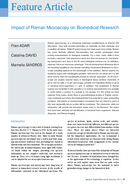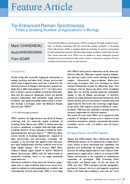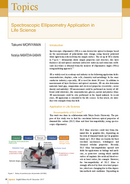PDF
0.68
MB

Bringing the Benefi ts of Photonic Instrumentation
Author: James THEPOT; President, HORIBA FRANCE SAS; Corporate Officer, HORIBA, Ltd. – Photonic instrumentation has undergone major evolution over the last decades.Many techniques that are now very popular, such as time-resolved fluorescence, and Raman spectroscopy, were already known at that time, but they could only be used by scientists highly skilled in photonics, for time-consuming experiment. Now, scientific instruments have so much progressed in terms of performance and automation, that they can be used by a large number of scientists and technical specialists in various fields.These progress have been made possible by the improvement of technologies, but also by the vision and skills of people. The papers in this issue shows that a number of Horibarians*1 have had the passion and talent to be the drivers of a number of these major improvements. *1: HORIBA Group company employees.



